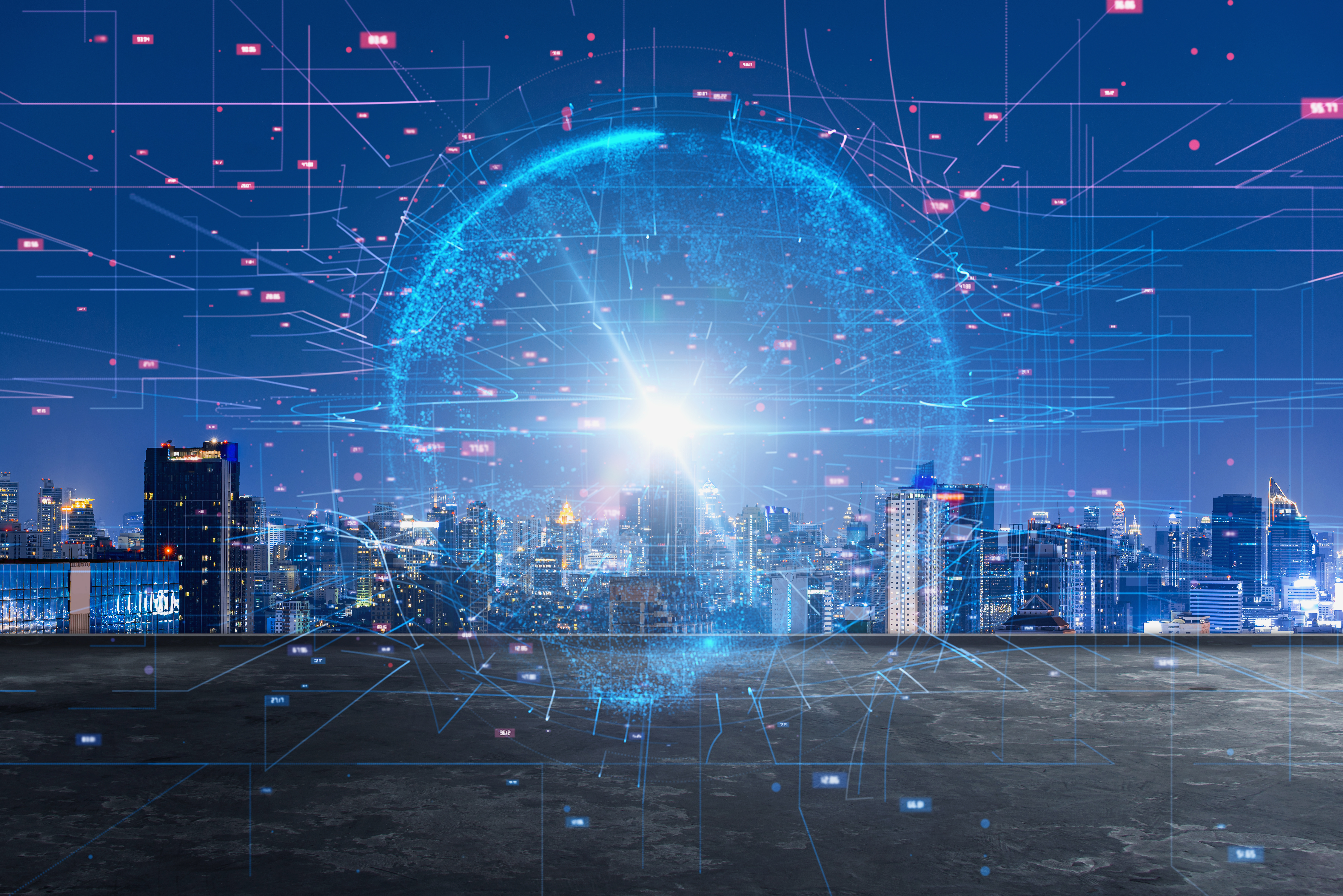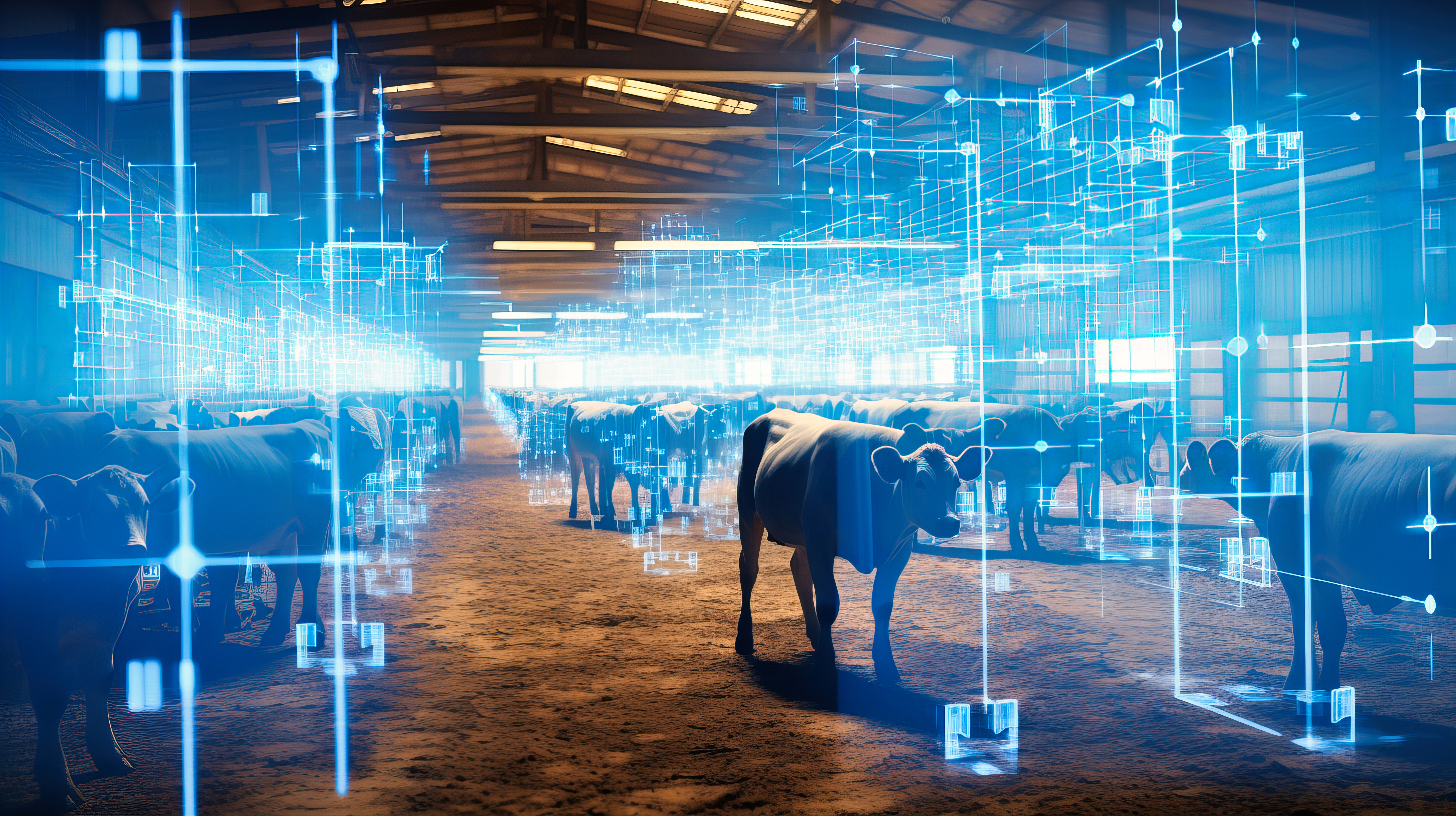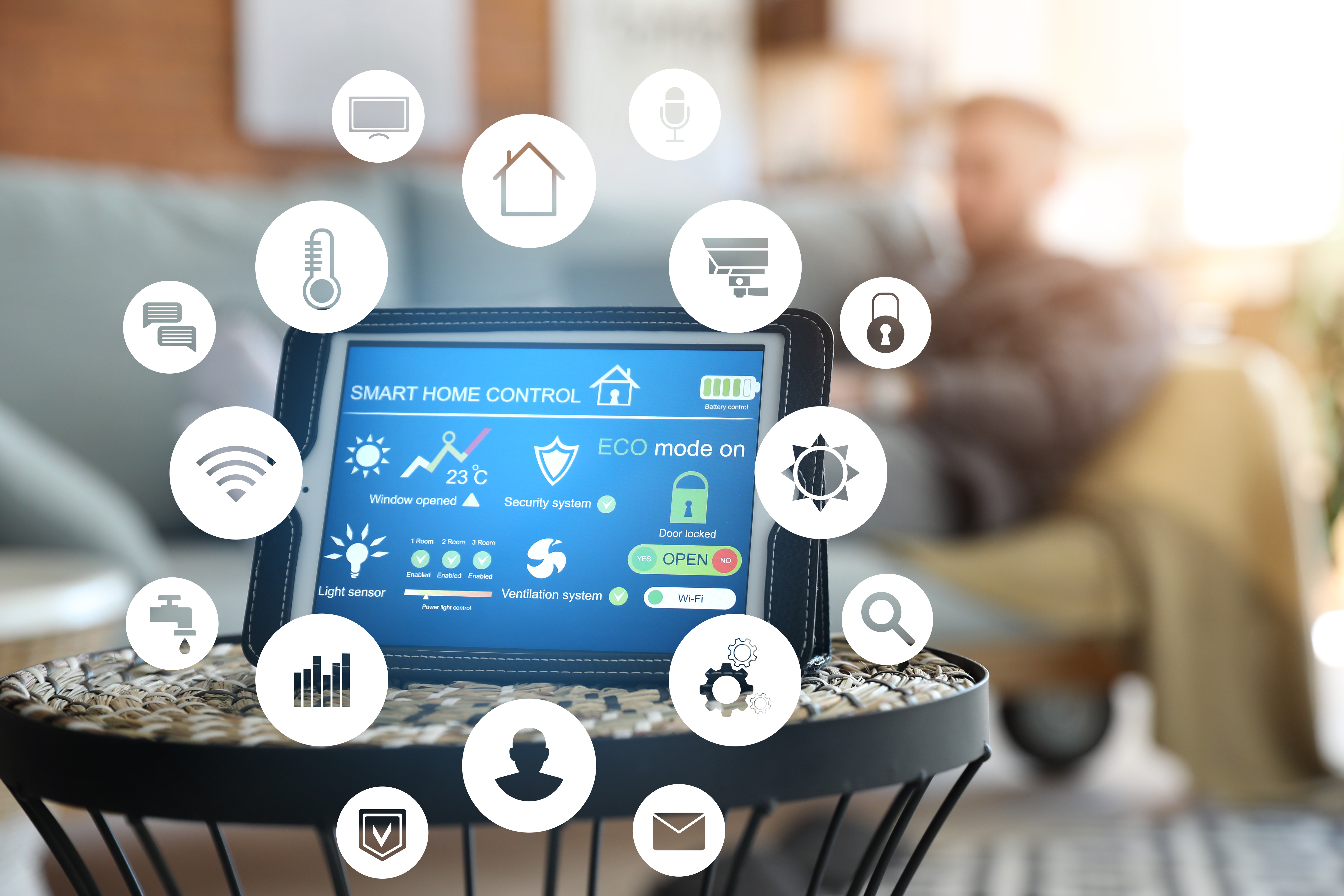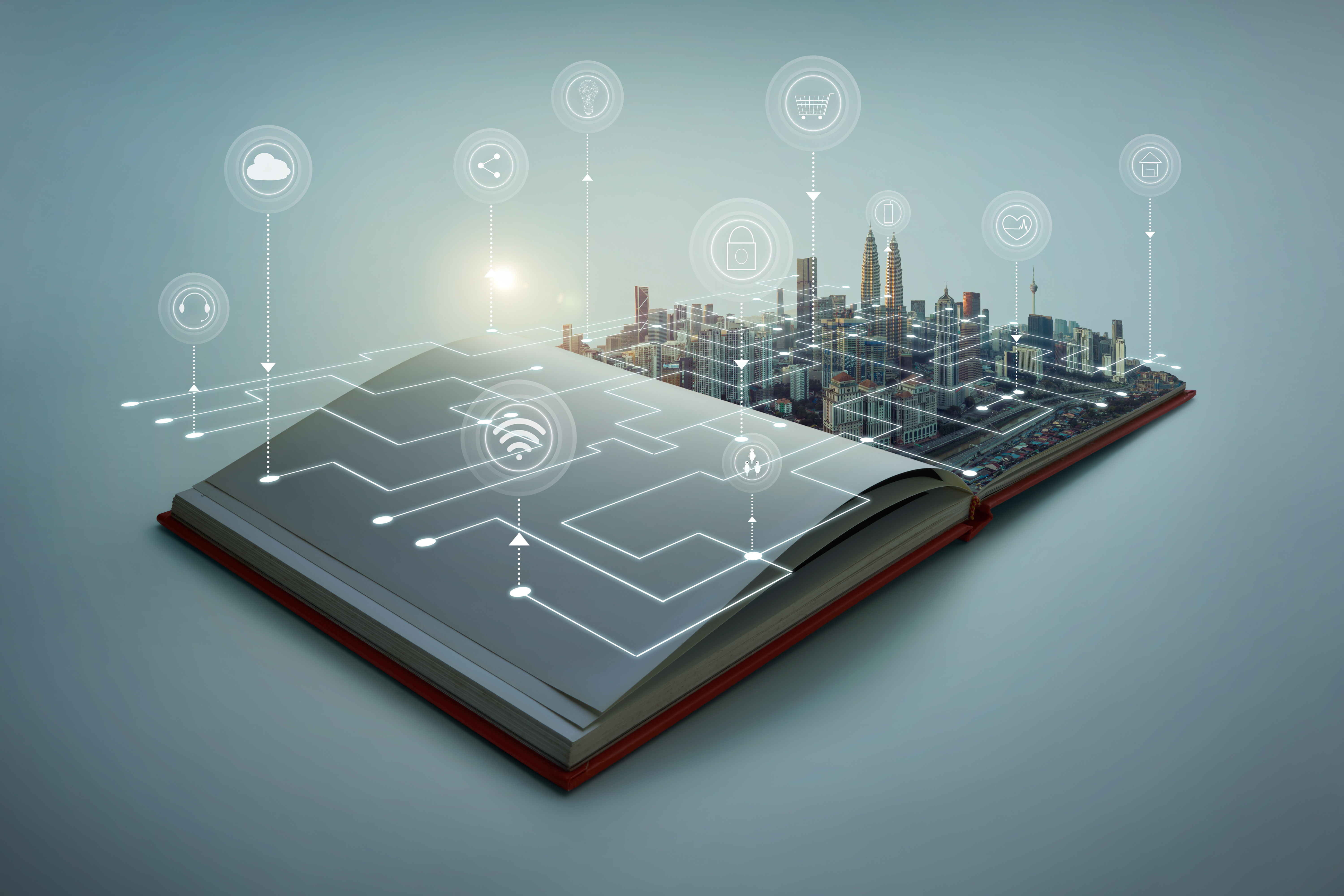Smart Lighting
Nuvoton Technology is committed to providing advanced technical support for smart cities. Its superior applications and applications offer interactive and intelligent building blocks for various application scenarios, bringing revolutionary effects to urban development.
First, Nuvoton smart lighting applications application is realized through technologies such as microcontrollers (MCUs). These MCUs can be connected to lighting equipment and, through intelligent control algorithms, automatically adjust the brightness and switch of the lights according to different parameters such as time, light, and traffic flow, thereby saving energy.
In addition, the MCU can also be connected to the urban management center to realize remote monitoring and control, improving the operation efficiency of the lighting system.
| Applicable Development Platforms | |
|---|---|
|
NuMaker-HMI-MA35D1-S1 NuMaker-HMI-M467 NuMaker-IoT-M467 |
1. Object Detection Example: Automatic Light Intensity Adjustment Use a camera to collect image data of a room.
2. Biometric Recognition Example: Facial Recognition Lighting System
3. Object Classification Example: Smart Lighting Security Surveillance
4. Real-time Recognition Use multiple sensors (e.g., light, motion, temperature sensor) to collect data about the lighting environment. Implement an anomaly detection machine learning model. The Cortex-M4 microcontroller continuously monitors the sensor data. Once an anomaly is detected, the system can take appropriate actions, such as adjusting the lighting, sounding an alarm, or notifying maintenance personnel. |
|
NuMaker-M55M1 |
1. Anomaly Detection Use the M55M1's DSP and neural network accelerator to implement environmental anomaly detection, such as smoke, abnormal temperature, or unauthorized entry.
2. Object Detection Utilize the M55M1 development board's high-speed processing capabilities and built-in neural processing unit for efficient object detection, such as identifying people, animals, or vehicles.
3. Biometric Recognition Use the M55M1 development board to process biometric data like facial or fingerprint recognition to provide more personalized lighting settings.
4. Object Classification Use the M55M1's machine learning capabilities to automatically classify objects and activity types in a room, enabling intelligent lighting control.
5. Real-time Recognition The M55M1 development board's powerful computing capabilities can be used for real-time recognition of environmental changes, such as the increase or decrease in the number of people in a room, to adjust the lighting to save energy automatically. |





